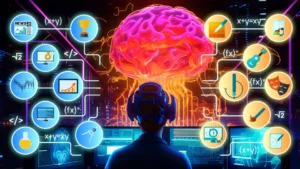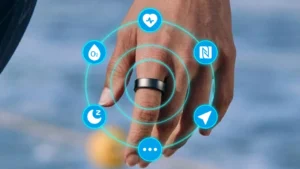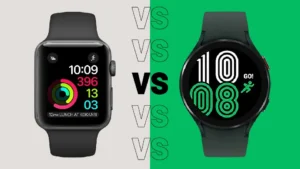The idea of “smart shoes” once felt confined to movies like Back to the Future II, where self-lacing sneakers symbolized a distant, fantastical future. Today, that future is not just real—it’s evolving into something even more extraordinary. From footwear that repairs itself to AI-driven soles that adapt to your every step, the next generation of smart shoes is turning science fiction into wearable reality.
Self-Lacing: Beyond Nostalgic Gimmicks
Nike’s 2016 release of the HyperAdapt 1.0, inspired by the film’s iconic Mag shoes, marked the first mainstream leap into auto-lacing tech. But modern iterations have moved far beyond novelty. Brands like Puma and Salomon now embed pressure-sensitive motors that adjust tightness mid-activity—loosening during descents to prevent toe jamming or tightening on uneven terrain for ankle support. Startups like Powerlace use kinetic energy from foot strikes to auto-tension laces, eliminating batteries entirely. The goal? Shoes that feel like a “second skin,” dynamically responding to movement without user input.
Self-Healing Materials: The Holy Grail
Imagine sneakers that repair scuffs overnight or hiking boots that seal punctures mid-trail. Researchers are turning this vision tangible with cutting-edge materials:
- Polymer Foams: Adidas’ Futurecraft.Loop prototype uses thermoplastic polyurethane (TPU) that melts and re-forms when heated, enabling near-infinite recycling.
- Microcapsule Tech: MIT’s 2023 lab experiments embed tiny capsules of healing agents in shoe soles; when cracks form, the capsules burst and “fill” gaps.
- Biological Fabrics: Startups like Modern Synthesis grow bacterial cellulose uppers that self-repair minor tears by absorbing moisture.
While mass production remains years away, limited-edition self-healing shoes (e.g., Reebok’s Liquid Speed) already tease a waste-free future.
From Sci-Fi to Your Feet: Emerging Innovations
Today’s smart shoes integrate technologies that sound ripped from a Black Mirror script:
- 3D-Printed Personalization: Brands like Hilos craft shoes tailored to foot scans, with lattice structures optimized for pressure distribution.
- Energy Harvesting: MIT’s “speed-enhancing” soles convert walking motion into electricity, potentially powering embedded sensors or even smartphones.
- AR Navigation: Li-Ning’s AR sneakers sync with apps to project holographic trail markers, guiding runners via haptic heel vibrations.
The Roadblocks to Ubiquity
Despite breakthroughs, challenges persist:
- Cost: Self-healing prototypes cost $500+;lacing models average $300.
- Durability: Moisture and impact damage remain hurdles for embedded electronics.
- Consumer Skepticism: Many still view smart shoes as overengineered—until they experience injury-preventing benefits firsthand.
The Future: Where Are We Heading?
Industry roadmaps hint at even wilder possibilities:
- Biometric Health Integration: Shoes that detect early signs of diabetes via foot temperature changes or analyze gait to predict Parkinson’s risk.
- Climate-Adaptive Design: Phase-change materials that cool feet in heat or insulate in freezing temps.
- Self-Replicating Shoes: 3D-printed designs that “grow” new layers as old ones wear down.
Why This Matters
Smart shoes aren’t just about convenience—they’re a sustainability game-changer. Self-repairing materials could slash global shoe waste (300 million pairs trashed annually) and reduce reliance on virgin plastics. For athletes and patients alike, they offer personalized support that generic footwear can’t match.
The line between human and machine continues to blur, and our shoes—once simple protectors of feet—are becoming intelligent partners in health, performance, and planetary stewardship. As Marty McFly’s self-lacing Nikes once captivated audiences, tomorrow’s self-healing, data-driven kicks will redefine what it means to walk, run, and live in a world where shoes don’t just cover your feet—they empower them.
The future isn’t just at your doorstep—it’s on your feet.





